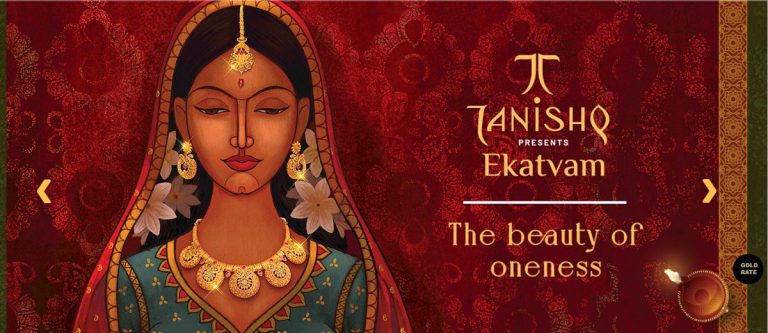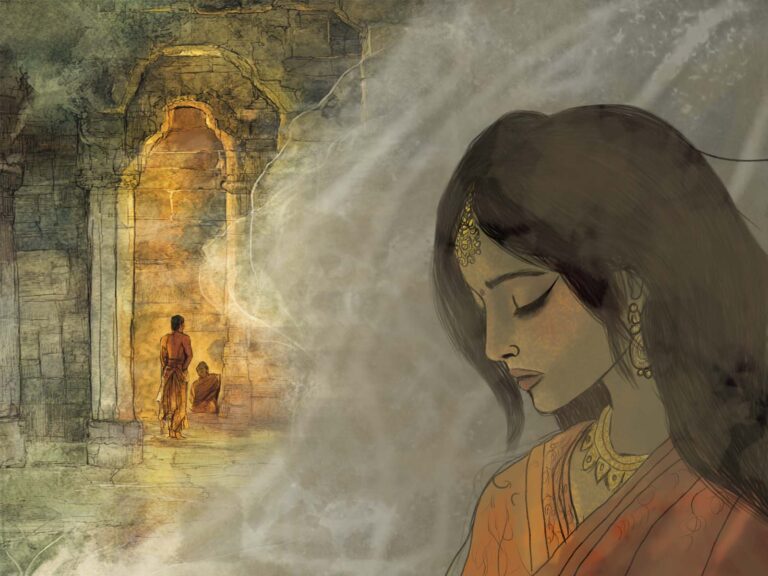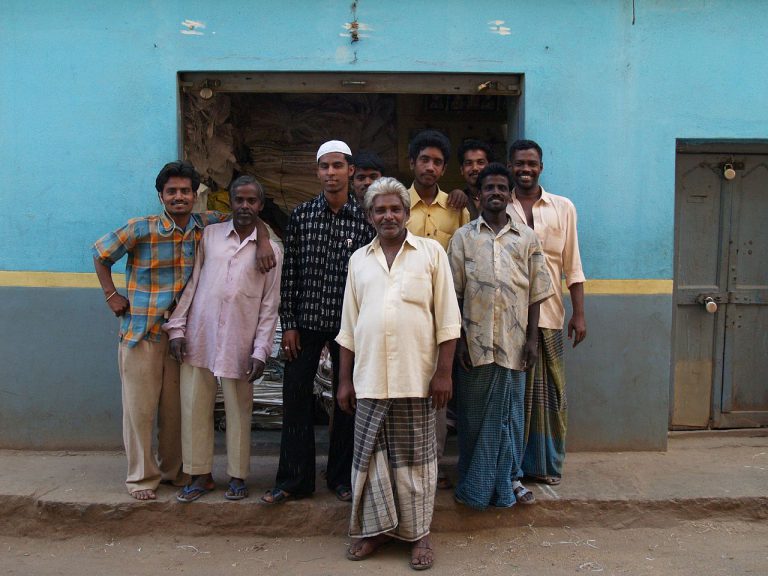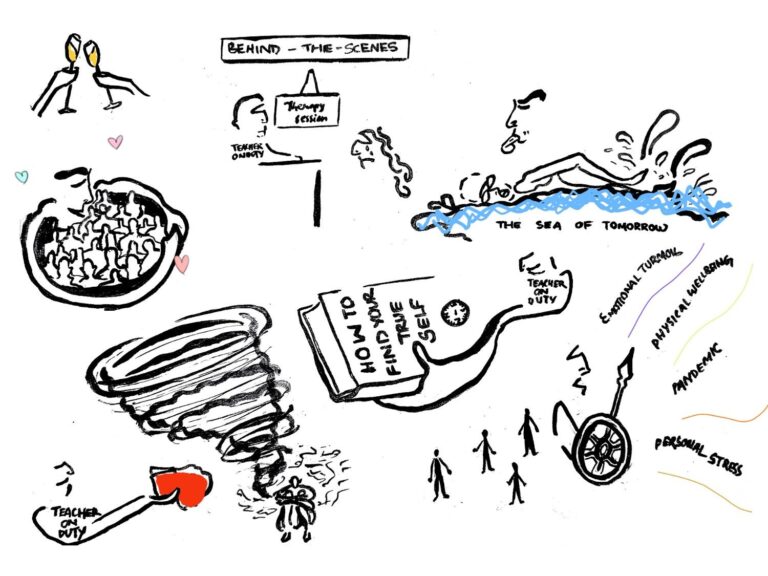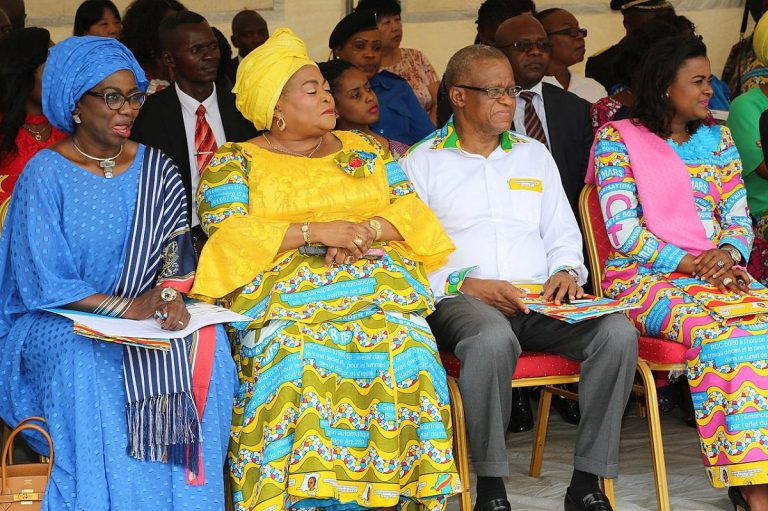Bhangarh Fort and the height of paranormal
Entering the borders of Bhangarh before sunrise (06:00 AM) and after sunset (06:00 PM) is strictly prohibited. Legal action would be taken against anybody who does not follow these instructions.
This signboard by the Archeological Survey of India (ASI) though written in Hindi translates to the above mentioned. It can be found en route to apparently one of the most haunted forts in the state of Rajasthan built in the 17th century – Bhangarh Fort. The write-up on this once-upon-a-time, a grand architectural marvel happened to catch my eye when I was scrolling through one of the social networking sites. The article was titled “The ten most haunted places in Rajasthan,” and of the 10, the Bhangarh Fort took the cake.
Even as a kid, I had an incredibly ravenous appetite for horror flicks and action movies. Horror shows from the 90s, and the early 2000s, namely Zee Horror Show, Aahat, and Woh (to name a few), were some of them that I was ardent on binge-watching. That familiar surge of adrenaline was always there when watching those flying pieces of furniture, disfigured bodies, and the haunting music. That ultimately would turn sleeping alone in the night a spooky nightmare. I would spend my nights straining my ears to every noise in that silence to confirm the presence of some paranormal activities in my room. Seeing the curtains gleefully dancing to the tunes of the wind or probably imagining the cupboard doors open all by itself would, in turn, be a reliable indicator of some demonic presence. Phew! I could be a real worrier if I put my mind to it. And when I grew up, my taste for horror movies grew with me.
These days The Conjuring and the Annabelle series are not something I would miss for anything in the world. Even the Final Destination series has never been missed. On knowing my taste, one of my acquaintances questioned if I believed in the existence of ghosts/paranormal activity/zombies/apparitions. Actually, I am not too sure, but nevertheless, I frequently use their unsure existence to suit my requirements to discipline my naughty toddler. It goes either like this: “kokachi indu” (translates to –the demon might be around) or like: “kokachi pidichu kondu pokum” (translates to a demon is here to catch you). There are even scarier versions of the above, which could be used skillfully as the situation demands. And then, once my role is done, my toddler would tactfully be the most disciplined kid around until, of course, the next scaring sessions begin (the usual terms and conditions apply).
Coming back to our subject of scrutiny –Bhangarh Fort is one of the oldest forts in India and declared a pre-historic site by the Rajasthan Tourism Board. This city of ruins is located on the border of the vast expanse of the Sariska Tiger Reserve in the Aravalli Range of hills in the Alwar district of Rajasthan. The state of Rajasthan is undoubtedly an exemplary land of royal and aristocratic maharajas. It is also home to medieval palatial forts and palaces and gleeful festivals. Rajasthan, in the real sense, is the jewel in India’s crown.
Bhangarh fort was constructed in 1573 A.D by the Kachwaha ruler of Amber, Raja Bhagwant Das, as the residence of his second son Madho Singh (younger brother of Emperor Akbar’s general, Man Singh I). He was eventually succeeded by his son, Chhatr Singh, who died in 1630 A.D, and then the town began its journey towards its decline. In 1720, Jai Singh II attacked the town of Bhangarh as the Mughal Empire was slowly weakening after the death of Aurangzeb. Later, in 1783 A.D, a massive famine struck the town, and it saw a decline in a population inhabiting the town. Since then, the town has remained uninhabited.
Inside the Bhangarh fort
Today, though the fort is an eerie ruin, there is plenty to be explored and for eyes to feast on like temples, palaces, and Havelis. The fort lies within a thick wall made of huge stones. To enter the Bhangarh fort, one has to walk through a vast and impressive main gateway. Apart from the main portal, there are four other points to open the fort like – the Lahori Gate, the Ajmeri Gate, the Phulbari Gate, and the Delhi gate. On entering, one can find lush gardens with magnificent banyan trees that get a glimpse of the luxurious life lived within the four walls of the fort centuries ago. Beyond these gardens, one can find a water well or Bowli (local language), which is filled by a monsoon river that flows inside the fort. It is said that here, sound echoes in a spiral fashion, and the science behind this remains unexplained even to this day.
At the main gate, one can find remains of numerous grand Hindu temples in typical South Indian style – Hanuman Temple, Gopinath Temple, Someshwar Temple, Keshav Rai Temple and Mangla Devi Temple, Ganesh Temple, and Navin Temple. In the temple complex, there is the Purohitji Ki Haveli, which is believed to have been resided by the temple priest. There is also the Nachan Ki Haveli (Dancer’s Palace) and the Jauhari Bazar (market place). It’s rumored that in Nachan Ki Haveli, people have heard the tinkling sounds of anklets. Some even state the sighting of a womanly figure supposedly clad in a white sari. The Royal palace is placed at an elevation and has a breathtaking view to offer of the surrounding hills and valleys. One can also find there are roofless rooms at the top. And again it is believed that whenever a roof was built over the houses it would collapse. Strange indeed! Scattered all over the fort are carved pillars and stones and they have all some spooky anecdotes attached to them.
Legends behind the ghost town
And let us come to the most interesting part or rather to the most nerve-chilling folklore behind the ruins of this architectural marvel. There are two main legends about the fort and the spirits supposedly sighted in the fort. One could hear many distorted versions of the above from the localities, which makes it challenging to assert which one would be true.
According to the first legend, Emperor Mano Singh at the start of the construction of the fort sought the permission of an ascetic named Bala Nath. The ascetic obliged and the permission was granted on a condition that if ever the shadow of the Bhangarh fort was to fall on his home then the fort would perish. After the reign of Mano Singh, his ambitious successor paid no heed to the condition by Bala Nath. He vertically expanded the fort construction further, and as fate destined, the shadow of the fort fell on the Sadhu’s house, and the fort was cursed in no time. Even to this day, localities believe that due to this curse, every house built within or near the fort suffers a roof collapse.
The next myth, the most popular one, is rather an interesting one and my favorite too as it has a scope for scaring anyone to their bones. According to this legend, the gorgeous Princess Ratnavati of Bhangarh is held responsible for the catastrophic destruction of the fort. A tantric named Singhia, who lived near the fort, fell in cosmic love with the princess. She had the attention of many wealthy and powerful suitors because of her unparalleled beauty. Singhia was pretty sure that the princess would never accept his hand in marriage and he tried many times to cast his magical spell on her but in vain. One day, Singhia (an expert in black magic) upon seeing the princess in the marketplace decided to entice her with scented love potion and offered her the same. Somehow, Ratnavati suspected foul play and refused the potion and she threw it to the ground which hit a boulder that came rushing towards Singhia and crushed him to death. Before his last breath, he cursed the entire town and since then the town was deserted and haunted as well.
Though the Bhangarh fort has been rubbished by many, there are still unaccounted incidences that need some clarifications. The screams of a woman, the noise of anklets, and bangles being broken, strange music from the fort, the unusual pleasant fragrance from the fort, an eerie sensation of being followed, strange lights, spooky shadows, etc. Nevertheless, strange incidents have occurred within the fort premise which is probably what prompted the Archeological Survey of India to restrict the entry into the fort vicinity before dawn and after dusk.
“Hey! There.” I happily turned, expecting to see my mother attempting to take a peek at my blog, but…No One! The light was flickering, and the door just closed itself with a bang. Strange! I wondered. Was that a coincidence? Or is my mind playing games with me?



